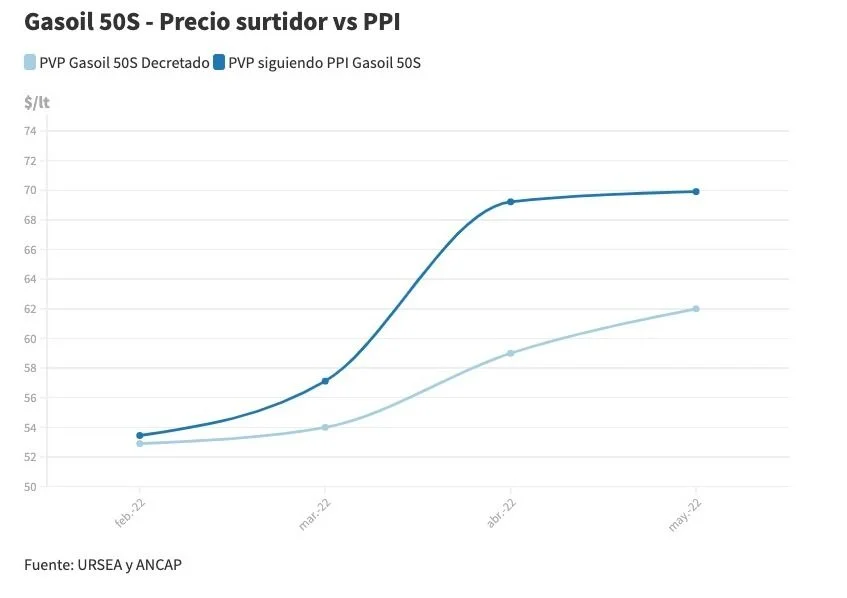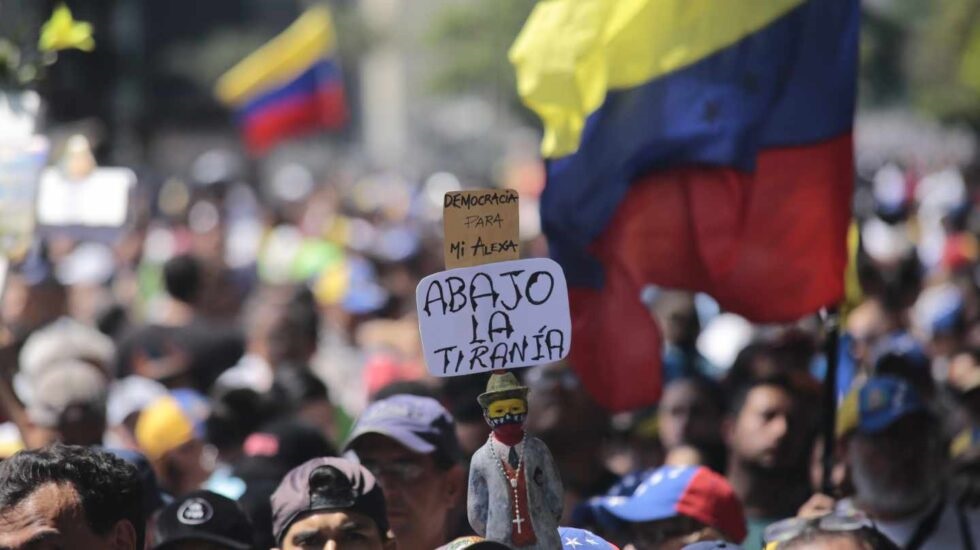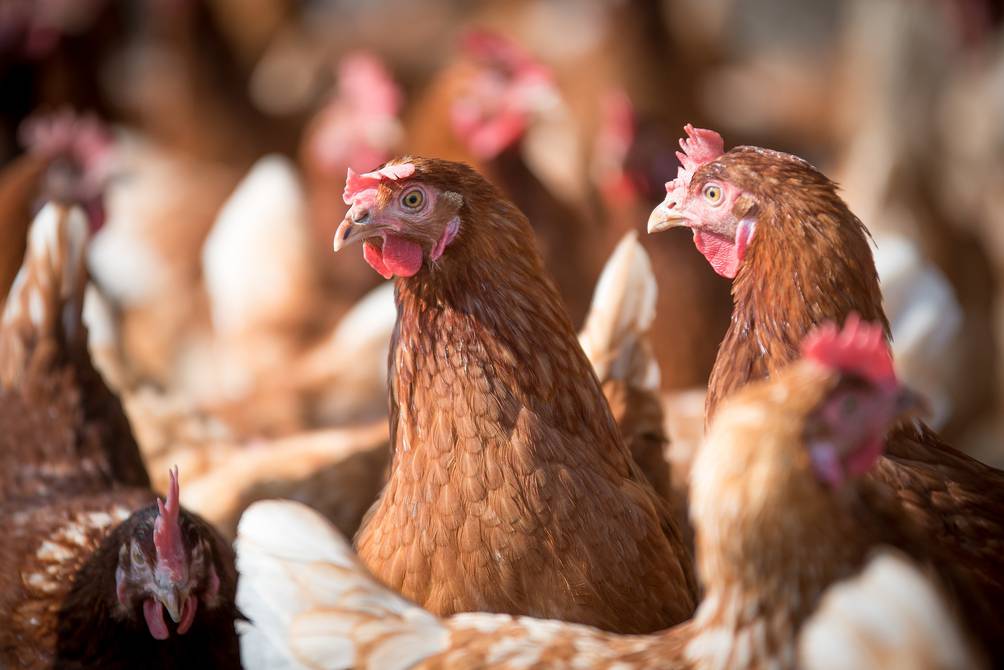The Executive Power resolved on Friday a new adjustment in the price of fuels (fourth consecutive) which will take effect from Sunday, May 1, according to the Ministry of Industry, Energy and Mining (MIEM). Like the criterion used in previous months, the correction is lower than what was indicated by the evolution of international prices. As indicated, the decision seeks to contemplate the care of public finances and at the same time not encourage extra inflationary pressures motivated by an increase in rates.
“Uruguay once again mitigates the international impact on fuels. The decision seeks to cushion the rise in energy prices in the world -which was already accelerating in 2021 and was accentuated by the Russian invasion of Ukraine- and is based on the intention of not encouraging additional inflationary pressures on the local economy”, expressed the official statement after analyzing the situation in the government economic team.
In the 12 months ending in March, inflation stood at 9.38%. Analysts and public and private institutions that participated this month in the Survey of Expectations of the Central Bank (BCU), revised their forecasts for 2022 upwards. The median inflation expected by analysts is 8.5% by the end of anus.
In this way, the price of Super 95 gasoline rises $1.5 per liter at the pump (1.92%), and goes from $77.88 to $79.38 per liter, while common diesel oil increases $3 per liter (5.08%), and goes from $58.99 to $61.99. The price of supergas (LPG) remains at $63.35 per kilo. In this way, the 13 kg bottle has a cost to the public of $823.55 (without shipping).
“There is still a distance between what is being charged for fuel in Uruguay, and what should be charged from the reference point of view of the Ursea. We also turn around and look at Ancap’s finances and how far Ancap’s backs go to mitigate these increases (…) Of course, the government does not want to generate inflationary impacts – which we know it has – but well, on the other hand, it has to be responsible with respect to the finances of the State and Ancap”, Industry Minister Omar Paganini stated at a press conference.
Given that in previous months the prices in the domestic market have been adjusting below what the international reference indicated, today they are misaligned with respect to the Import Parity Price (PPI).
Taking into account the updated figures of the last technical report, if the PPI rule had been applied in its entirety, and the existing lag had been corrected, the price of gasoline should have had an upward variation of $3.03 (+3.9%) per liter. Meanwhile, in the case of gasoilthis fuel should have risen $10.91 per liter (+18.5%).

An Ancap source had told The Observer that the company’s cash situation is not urgent, given that in recent days the entity made the collection of late payments made by UTE and that were pending for sales of diesel for electricity generation to be exported during 2021. To that adds a higher demand than expected during March and April that gives peace of mind for the coming months.
From January 2021 and to date, the price of Super 95 gasoline has increased 36% per liter, and 50-S diesel has increased by 53.4%. In that period, the average price of oil rose 92%, going from US$55 in January 2021 to US$106, which was the average in April 2022.







